Joanne Clapcott
Cawthron Institute
Working with communities to understand important social and ecological linkages for managing, protecting and restoring land and water ecosystems.
The inventory of research outputs and resources can be found here:

Many thousands of New Zealanders put in time and effort to reverse the decline in our biological heritage, but they often face challenges in connecting with one another and scaling up their effort. They also might have to overcome economic, legislative, and organisational barriers to create more sustainable and culturally appropriate environmental stewardship.
This investment team aims to build social and ecological resilience by restoring connections between people and nature, while understanding and valuing those connections in a non-market way. We seek to work with communities to develop tools and approaches that reflect their unique needs and contexts, and ultimately support their efforts to scale-up for impact.
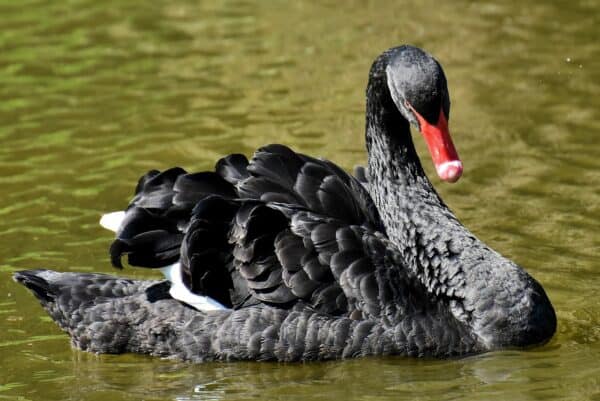
Clarifying pathways and removing barriers for enhanced restoration success
Sometimes the biggest barriers to successful restoration are not ecological but social. In this investment, we explored the relational values and perceptions people hold for introduced freshwater and wetland species to identify shared values. This research was grounded in Te Tiriti principles and acknowledged the role that everyone and every species plays in caring for te taiao.
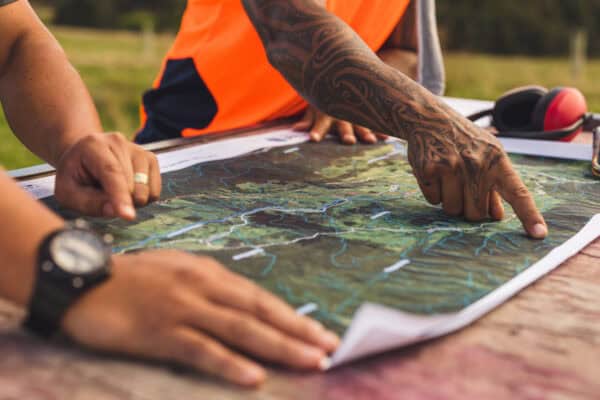
Co-developing exemplar restoration projects that showcase successful regeneration of mātauranga and bioheritage
New Zealanders care greatly about nature. Many have discovered that incredible outcomes are possible when groups come together to achieve common restoration goals. But it is not always easy. That is why we worked with Predator Free Wellington, Ōpāwaho Heathcote River Network, and Reconnecting Northland as exemplar Restoration Collectives to highlight the impact of collectives in nature restoration, characterise the social connections in environmental groups, and facilitate sharing and rediscovery of intergenerational mātauranga.
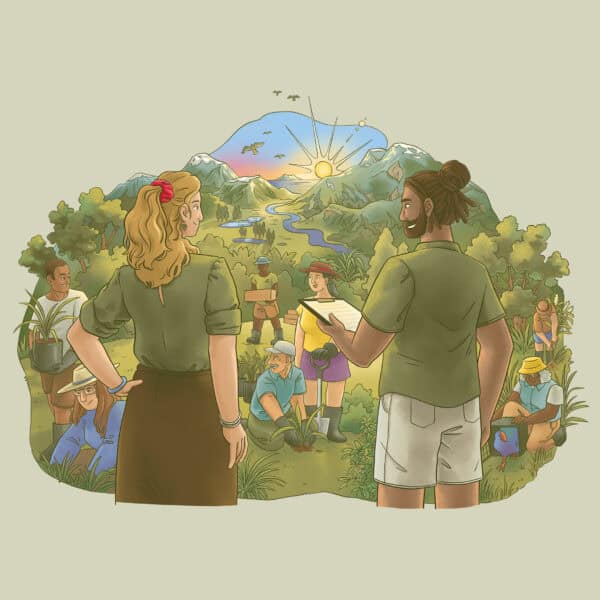
Developing the tools and approaches needed to connect and enhance the success of local regeneration efforts
Even when we know what works, there are gaps in the systems that support communities to effectively care for te taiao. This research was all about identifying and bridging those gaps. We focus on two national scale intiatives to develop resources to enhance biodiversity on farms, and, to trial a Te Taiao Collectives Network to investigate the knowledge sharing and benefits of connecting restoration leaders.
Clarifying pathways and removing barriers for enhanced restoration success
Co-developing exemplar restoration projects that showcase successful regeneration of mātauranga and bioheritage
Developing the tools and approaches needed to connect and enhance the success of local regeneration efforts
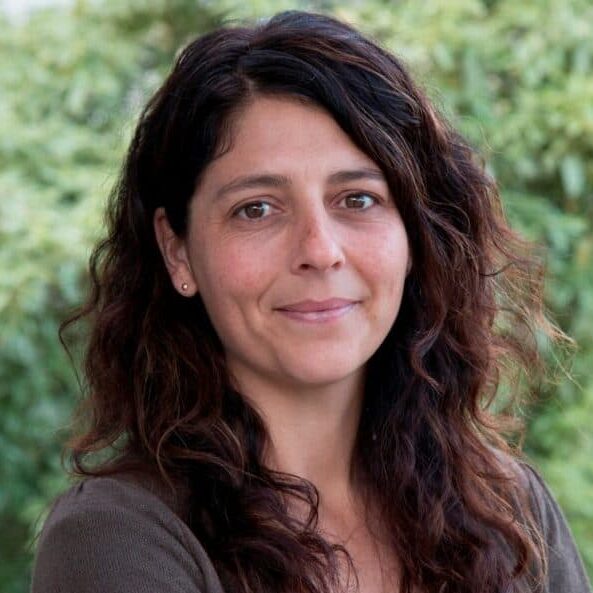
Joanne Clapcott
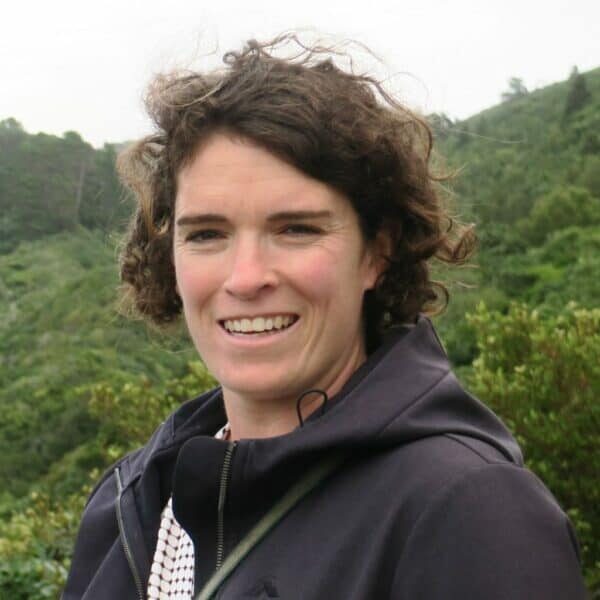
Danielle Shanahan